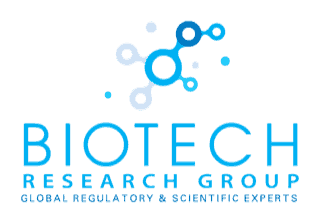Device Details: FDA Pre-submission programs and in vitro diagnostics
05/19/2020
Category: Other Blogs
Medical devices are essential tools for human medicine. They are intended, by their manufacturer, to be used with medical advice/administration and provide treatment, prevention, diagnosis or symptom relief. They must achieve their ends through mechanisms that generally do not translate into pharmacological, metabolic or immunological actions. These are distinguished by FDA from drugs.
A device for in vitro diagnosis is a medical device that often consists of a reagent product, kit, instrument, device or system. In vitro diagnostic machine can be used combined with other products or solo depending on the need of the patient. Diagnostic devices are used to obtain information about physiological states or states of health, usually to access disease states or exposures or congenital anomalies. The U.S. FDA Pre-Submission Program lets a device manufacturers (such as manufacturers of in vitro diagnostic and medical equipment) examine particular aspects of the requirements and regulatory process with FDA. This is also known as Pre-IDE. Often manufacturers use a device consultant to best navigate the device regulatory process, and this can start with a Pre-Sub meeting.
In vitro diagnostics and its role in health sector
Nowadays, approximately 75% of clinical (minor and major) decisions are taken on the results of in vitro tests. These diagnostic medical devices help physicians and laboratory professionals to make better individualized healthcare decisions for the patient, both from a clinical and often economic point of view. Correct diagnoses generate optimized results with reduced costs, both for the patient and for the healthcare industry. Correct diagnoses are vital for proper and effective treatment. And rely on regulated devices that have been cleared or approved by FDA.
From the Patients’ point of view:
In vitro devices can be used to prevent or delay health problems, through screening for infections or predisposition to diseases. They ensure the appropriate levels of treatment sometimes even with specific medications. They could help prevent relapses and adverse effects. As well as reduce the length of hospital stay by monitoring health status.
From the Clinical point of view:
These devices allow a quick and reliable diagnosis, providing objective information and early detection of infections or complications. They can be used to improve the effectiveness of treatments, sometimes with monitoring applied therapies and their effects. They allow the design of treatments tailored to the specific needs of patients.
From an economic point of view:
Devices can reduce health expenses in the long run, ensuring accurate treatments and rational use of resources. By adjusting procedures and therapies, Health care spending reductions can be facilitated with in vitro devices. Overall, they could reduce the economic burden of disease in society, by screening for infections and predisposition to diseases.
As mentioned, the FDA Pre-Submission Program is pivotal to positioning a device with FDA in the U.S. health care system. Using FDA experts with experience, like Biotech Research Group, can improve your device submission outcomes.
tagging: FDA pre-submission program > Pharma consulting


